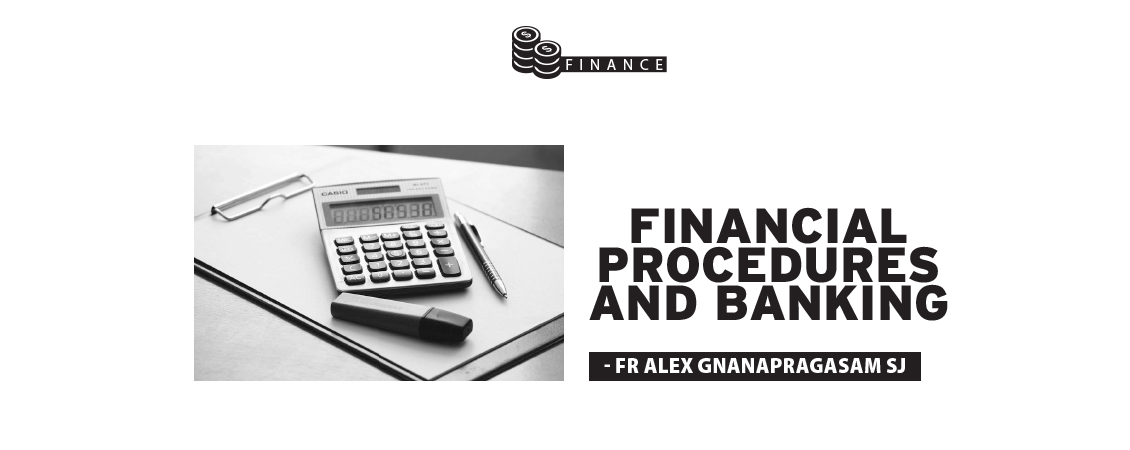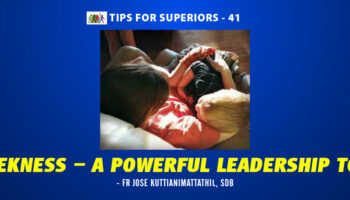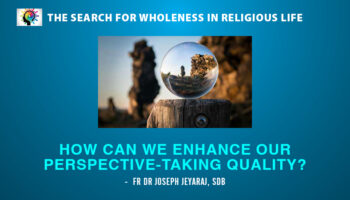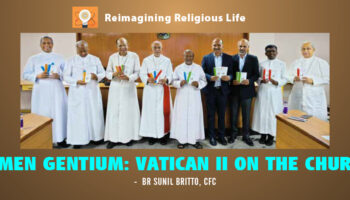Many of us, especially priests and religious, mix up with the concept of bill and receipt, often using the wrong term. Simply put, when we make a payment, we pay against a bill. After making the payment, we get a receipt for the payment we made. But there is a need to explain this further.
Bill, Invoice and Receipt
When we buy something or avail of a service, we get either a “bill” (also called cash memo) or an “invoice.” A “bill” is a written official document which shows the amount paid for the items bought or services availed, whereas an “invoice” is a written official document with tax (earlier sales/service tax, now GST) that shows the amount due for the items bought or services availed. Normally “bill” is for a small amount and we pay it by cash and “invoice” is a big amount and we pay it by cheque. After introduction of GST, “bill” has become “bill of supply.” “Bill of supply” is issued when the items bought or services availed are GST-exempt or, if the shop keeper cannot collect GST because he is under the composition scheme of GST. “Invoice” is an official GST-paid document authenticating the goods bought or services availed. It is to be noted that both the “bill of supply” as well as the “invoice” must have the GST identification number (GSTIN) clearly printed on it. Other details, like the name and address of the supplier, name and address of the purchaser, date, serial number of the bill or invoice, items purchased or services availed, their quantity, amount paid in figure, as well as words and the issuer’s signature, are found on the bill or invoice.
When we pay money against a payment due or pay as donation, we receive a “receipt” from the payee. Thus, “receipt” is an official document authenticating any payment made, by cash or cheque or demand draft or NEFT. The receipt will have the payee’s 80G number (tax exemption for the donor), if it has one. Details, such as the name and address of the receiver/payee, date, serial number, payer’s name, amount in figure as well as words, purpose for which the amount is paid, the mode of payment (cash or cheque/DD—with the cheque/DD number—or NEFT), and the signature of the receiver are found on the receipt.
Thus, the bill of supply or invoice and the receipt become important documents for us in our accounts. When we, as priests and religious, submit accounts for the money spent by us, we attach in our accounts these important documents as proof of having spent the money on those items.
Cheque, DD, NEFT, RTGS
Any payment or receipt can be done either by cash or through a bank. Bank transaction can be made by cheque or demand draft (DD) or national electronic funds transfer (NEFT) or real time gross settlement (RTGS). The latter two can be done directly online by oneself through net banking or through the bank. RTGS is done instantly and it involves more than Rupees two lakhs (Rs 2,00,000); NEFT is done in batches, and it is less than Rupees two lakhs. Nowadays, through mobile banking, we also have the facility for immediate payment services (IMPS), where funds are transferred electronically. Earlier, banks were using an eleven-digit number called the magnetic ink character recognition (MICR), but now they use the eleven digit alpha-numeric code called the Indian financial system code (IFSC) for electronic transfers. The former is printed at the bottom of the cheque and the latter on the top. If receipt or payment is done at the international level, then we use the alpha-numeric SWIFT code, which is used to identify the bank and the branch.
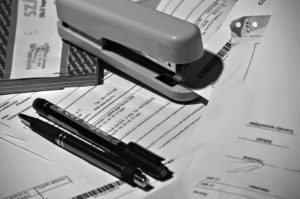
Cheque payments can be made in two ways: by bearer cheque or by crossed cheque. A bearer cheque is as good as cash. Hence it is for amounts less than Rupees ten thousand and handled with extra care. A crossed cheque is for more than Rupees ten thousand and it can be encashed only by having the amount credited to the payee’s bank account. The government insists on the latter so that transactions can be tracked easily. Any cheque is valid for three months only. Hence, if not encashed within three months from the date of issue, it becomes invalid and a fresh cheque is required once the old cheque becomes outdated.
There is a difference between a cheque and a demand draft. A cheque is issued by the account holder. The payee branch may or may not honour it for different reasons, such as insufficient balance in the drawer’s bank account, variation in the signature(s), cheque outdated or overwritten, etc. A demand draft (DD) or banker’s cheque is issued by the drawer’s bank, which already realizes the amount for which the DD is issued, either by cash or from the account holder and hence carries a bank guarantee for the amount mentioned in the DD. It is as good as cash. The only difference is that the payee can collect the amount of the DD only after getting it credited to his bank account. Thus a DD becomes a much safer way of transaction.
These days all banks offer the facility of online banking/net banking/mobile banking. This is also a safe way of doing transactions, provided the password and transaction passwords are kept a closely guarded secret by the account holder.
Bank Accounts
Any bank account can be operated either “singly” or “jointly” by two or three or “either or,” depending on the choice of the account holder(s). It is highly recommended that all personal bank accounts have a nominee registered with the bank and all bank accounts of the registered charitable trusts/societies have two or three authorized signatories, operating the account singly or jointly.
We have many banks across the country. They can be broadly divided into public sector undertaking (PSU) banks, private (pvt Ltd) banks and co-operative banks. Unlike the private banks, PSU banks have the guarantee of the central government and hence they are much safer and preferred by many. Co-operative banks are for the co-operative societies and not the subject of our discussion here.
Any individual adult with proper identity proof, address proof and pan number can open a bank account in his or her name. So also any legal entity, like a registered charitable trust or society with proper identity proof (trust deed or memorandum) and address proof, such as telephone bill or electricity bill, PAN number, a resolution to open an account and the list of authorized signatories with their specimen signatures, can open a bank account in the name of the legal entity. These days, the bank asks for the identity proof, address proof (“Aadhar”) and PAN of the authorized signatories, too, to operate the bank account of the legal entity. PAN (permanent account number) is obtained from the income tax department on application in the proper format. Once the account is opened, it is important to keep it active and operational with transactions from time to time, failing which the account will be deactivated. Bank transactions are always traceable, while cash transactions are not. Hence, the present government stresses the need to have financial transactions through a bank instead of by cash.
The next issue will deal with “financial accountability.”

To subscribe to the magazine Contact Us
